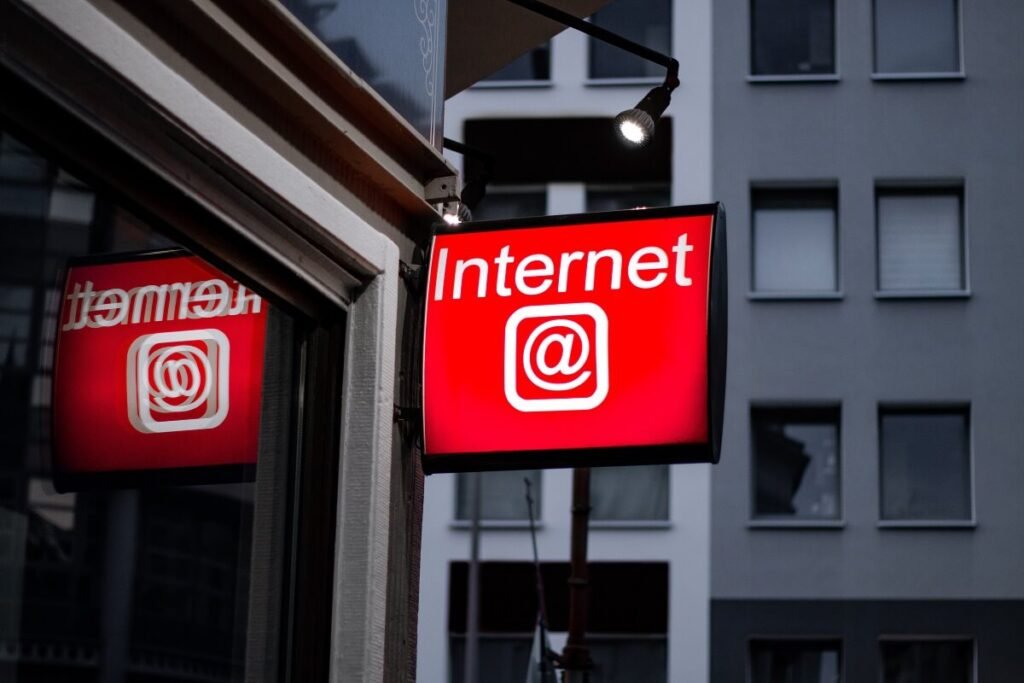The era of hyper-connectivity has arrived with the advent of 5G broadband technology. As the world becomes increasingly digital, the demand for faster, more reliable and efficient internet connectivity has increased. In this article, we’ll delve into the intricacies of 5G broadband, its functionality, and the revolutionary impact it will have on our online experiences.
5G broadband, the fifth generation of wireless technology, isn’t just an evolution; This is a revolution. Unlike its predecessors, 5G is designed for smartphones to be much more than just a communication platform. This includes a diverse range of devices and services, from smart cities to autonomous vehicles, and of course, your home broadband.

How does 5G broadband work?
At its core, 5G broadband operates on higher frequency bands, which unlock significantly faster data speeds and reduce latency. These high-frequency millimeter waves provide an increased bandwidth that enables data to travel at lightning speed, thereby enhancing the overall user experience. This technology uses multiple-input multiple-output (MIMO) antennas and beamforming techniques to precisely direct signals, minimize interference, and optimize coverage.
Lightning fast exposure:
One of the most anticipated benefits of 5G broadband is its remarkable speed. With potential download speeds reaching up to 10 Gbps (gigabit per second), users can download large files, stream high-definition content and engage in online gaming without any lag. This fast connectivity paves the way for immersive experiences that were once hindered by slow internet speeds.

Empowering Smart Homes:
5G broadband isn’t just about speed; It’s about building a smarter, more connected home. The high bandwidth of 5G allows multiple devices to communicate simultaneously without compromising performance. From smart thermostats that learn your preferences to security cameras with real-time streaming, 5G transforms your home into an interconnected hub of convenience and security.
Revolutionizing Healthcare and Education:
Beyond personal use, 5G broadband has the potential to revolutionize sectors such as healthcare and education. With 5G’s ultra-low latency, telemedicine and remote surgery can become more feasible, while students in remote areas can access high-quality education through virtual classes with minimal disruption.
Way Ahead: Challenges and Progress:
Although the potential of 5G broadband is enormous, there are still some challenges that remain to be overcome. Deploying 5G infrastructure requires substantial investment and careful planning due to the need for denser networks. Additionally, concerns about data privacy and security must be addressed to ensure a safe online environment.
Despite these challenges, progress has been made in implementing 5G infrastructure around the world. Telecom companies are working vigorously to expand coverage, and the gradual rollout of 5G-enabled devices is driving consumer adoption.

In a world dominated by connectivity, 5G broadband is emerging as a transformative force. With its unparalleled speed, low latency and ability to connect vast numbers of devices, 5G is set to redefine the way we interact with technology. As we move into this new era, the adoption of 5G broadband capabilities could open the door to a future where the possibilities for a truly connected world are limitless.
Follow TelecomByte for the latest Tech News, also keep up with us on Twitter, and Facebook.
